You’ve been excited about introducing your baby to solids for a while now and finally! It seems like they are ready. All the signs are there. Your baby:
They’re ready. You’re ready.
So how do you get started?
Most babies don’t demonstrate developmental readiness to start solids until 6 months of age. Still, even if your baby ticks all the boxes above, there are good reasons to delay introducing solids.
Research currently supports waiting until your baby is 6 months before breaking out the purees, avocado slices, or bananas. Why?
First, delaying solids to 6 months allows your baby to receive many (many!) benefits of breast milk. These benefits include:
Even when you decide to start solids, your baby should still receive most of their nutrition through breast milk for the first year of their life.
Think of solids as a learning experience for them, not as a primary source of nutrition. Don’t put pressure on yourself — or your baby — to dig into eating right now. Let them experience the textures and flavors in a fun, exploratory way!
You’ve got options when it comes to how you’re giving your baby their first bites. Here are the highlights of some of the most popular methods.
When you think of baby food, purees come to mind. This approach is popular but also a bit old school.
Whether you procure tiny jars of pre-made food from the store or you break out the Baby Bullet, the goal behind purees is the same: Start with spoon-fed purees, then gradually introduce soft textures, soft solids, and soft table foods.
The keyword here–you got it–soft. This approach favors progressively introducing more complex textures as your baby gets older.
Pediatricians frequently recommend purees and suggest introducing new foods slowly to monitor intolerance and allergic reactions. The traditional schedule is one new food every 2-3 days, watching for symptoms like diarrhea, vomiting, swelling, or rashes. If you notice anything, immediately discontinue and contact your child’s healthcare provider.
The puree approach to introducing solids usually leads with veggies and fruit, with protein purees not introduced until 7-8 months. The professional verdict on this approach is still out, though. Research has shown that introducing pureed proteins like chicken, turkey, and beef at an earlier stage can support healthy levels of iron and zinc in a baby’s diet.
Once your baby has mastered the purees AND can bring their hand to their mouth — around 8-10 months on average — you can safely introduce finger foods. Provide very soft food cut up into small pieces — even if your baby is teething, they don’t have enough teeth to break up hard foods.
Baby-led weaning has increased in popularity in recent years. BLW introduces solids that teach babies to self-feed and encourages them to explore flavors and textures while giving them control of what and how much they eat. It also helps babies practice critical developmental skills like chewing, moving food around their mouths, and swallowing — a puree-based approach to solids doesn’t provide this opportunity.
BLW starts with foods that are cut for babies to grasp and soft enough to be squishable. Start by adding a few pieces of new food to their tray for them to pick up and try. The goal is to let the baby put food in their mouth, not to spoon-feed them. Ideal foods for BLW include:
Once your baby has mastered soft-textured foods — that is, gumming them and safely swallowing — you can gradually incorporate firmer textures into their diet. Options include:
BLW is often promoted as a way for babies to eat table food, i.e., the same foods the rest of their families are eating. While this may be fine, make sure your baby gets foods without added salt or sugar.
As with other feeding purees, introduce new foods slowly so you can monitor your child for potential food allergies.
Introducing your baby to solids should be done in a way that’s fun — but also safe. Here are a few areas where parents should exercise caution.
Infants and toddlers are notorious for putting everything in their mouths — edible or not. So in all things, be mindful of choke hazards. But when it comes to food, there are some items that you should avoid until your child has reached 4 years of age:
We’ve said it several times, but it bears repeating: Watch out for allergic reactions to new foods as you introduce them.
That being said, you don’t need to avoid common allergens, either. In fact, studies have shown that introducing your baby to these foods can decrease the risk of allergies and intolerances later. What foods are these?
If you have a family history of food allergies, discuss this in detail with your child’s healthcare provider. They can help you navigate a safe plan of action for your child.
We’re here to answer your questions and help you find solutions. Book a convenient online video appointment with a Nest Collaborative IBCLC today.
